![8 Best Drones for Roof Inspections [2024]](https://www.thedroneu.com/wp-content/uploads/2024/03/Drones-for-roof-inspections-1024x597.png)
Traditionally, roof inspections have been carried out manually, requiring professionals to physically climb onto roofs and inspect them up close. Now with the evolution of drones, roof inspections are not only more efficient but they mitigate a significant amount of risk involved.
It is important to choose a drone that not only meets the specific requirements of roof inspections but also adheres to the relevant regulations set forth by the Federal Aviation Administration (FAA).
In this article, we’ll delve into the advantages of drone-based roof inspections, the legalities, and most importantly, equip you with the knowledge to choose the perfect drone for the job.
Advantages of Using Drones for Roof Inspections
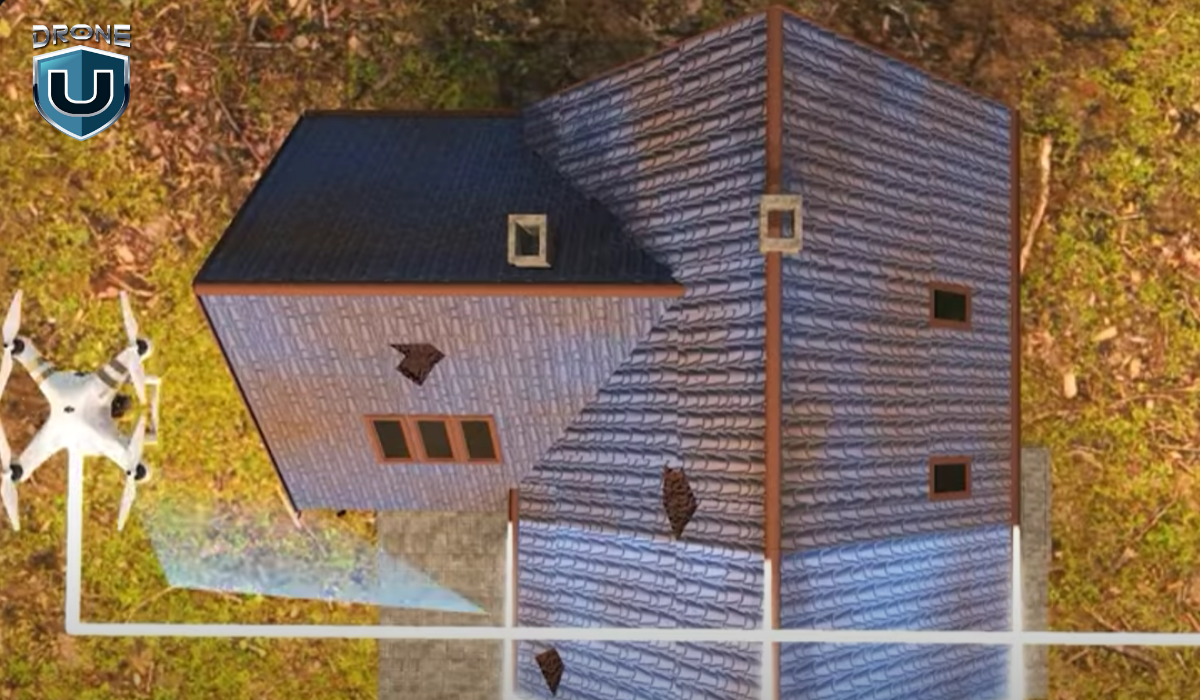
The adoption of drone technology for roof inspections has brought about numerous advantages over traditional manual inspection methods.
Roofing professionals can benefit from drones in the following ways:
1. Increased Safety
Drones eliminate the need for inspectors to physically access roofs, avoiding risks of falls, injuries, and other hazards associated with working at heights or on unstable surfaces.
2. Cost-effectiveness
Using drones for roof inspections generally costs less than traditional methods, reducing the need for specialized equipment and minimizing labor required for manual inspections, resulting in significant cost savings.
3. Improved Efficiency
Drones enable you to cover large areas quickly and efficiently, gathering comprehensive data in a fraction of the time, leading to faster turnaround times and more inspections completed in a given timeframe.
4. Improved Data Collection
The high-resolution cameras and advanced sensors on drones capture detailed imagery, video footage, and data that are difficult or impossible to obtain through manual inspections, enabling accurate identification of potential issues.
5. Real-Time Data Sharing
Drones allow you to live stream the drone’s video footage, enabling virtual analysis of aerial data from anywhere in real-time inspections, which is extremely useful in emergencies or for projects with tight deadlines.
Our Pick For Aerial Roof Inspection
The M30T is our top recommendation for professional drone roof inspections. This powerful yet compact drone is designed specifically for commercial and industrial applications, making it ideally suited for roofing jobs.
The M30T is equipped with a high-resolution 48MP camera and a thermal imaging module, allowing you to capture detailed visual and thermal data simultaneously. This dual-sensor setup enables comprehensive analysis, making it easier to identify potential issues like moisture intrusion, insulation defects, and structural anomalies.
To know more about M30T check out this video:
While we have a favorite, the perfect drone for you might be different. Let’s explore some other great options for roof inspections.
Best Drones for Roof Inspections
We have highlighted the best drones for conducting detailed and safe roof inspections. You can pick that suits you the most:
1. DJI Mavic 3 Enterprise
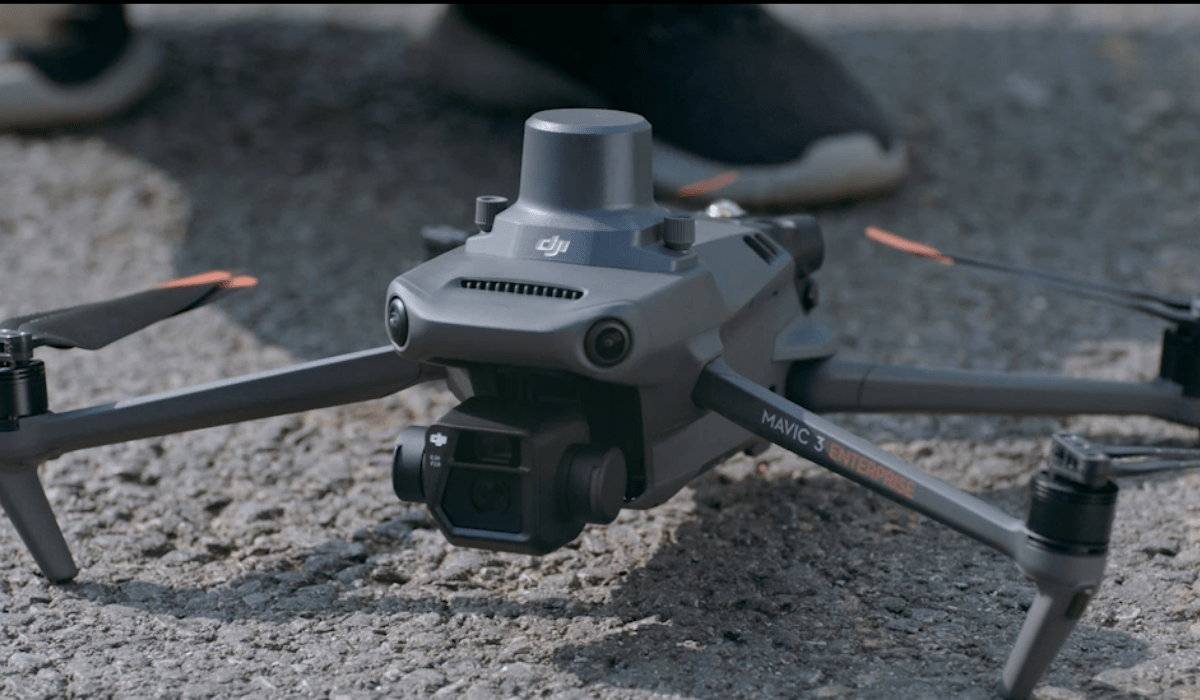 Source: DJI
Source: DJI
The Mavic 3 Enterprise is DJI’s flagship commercial drone. It is purpose-built for inspection and mapping applications. Its advanced imaging sensors and AI capabilities make it ideal for capturing detailed roof data.
| Specifications | DJI Mavic 3 |
| Sensor | 4/3 CMOS |
| Resolution | 4K: 3840×2160@30fps |
| Gimbal stabilization | 3- axis (tilt, roll, pan) |
| Max Flight Time | Up to 45 minutes. |
| Operating temperature | -10° to 40° C (14° to 104° F) |
| Max takeoff Weight | 1050 gm |
2. Autel EVO II Pro 6K
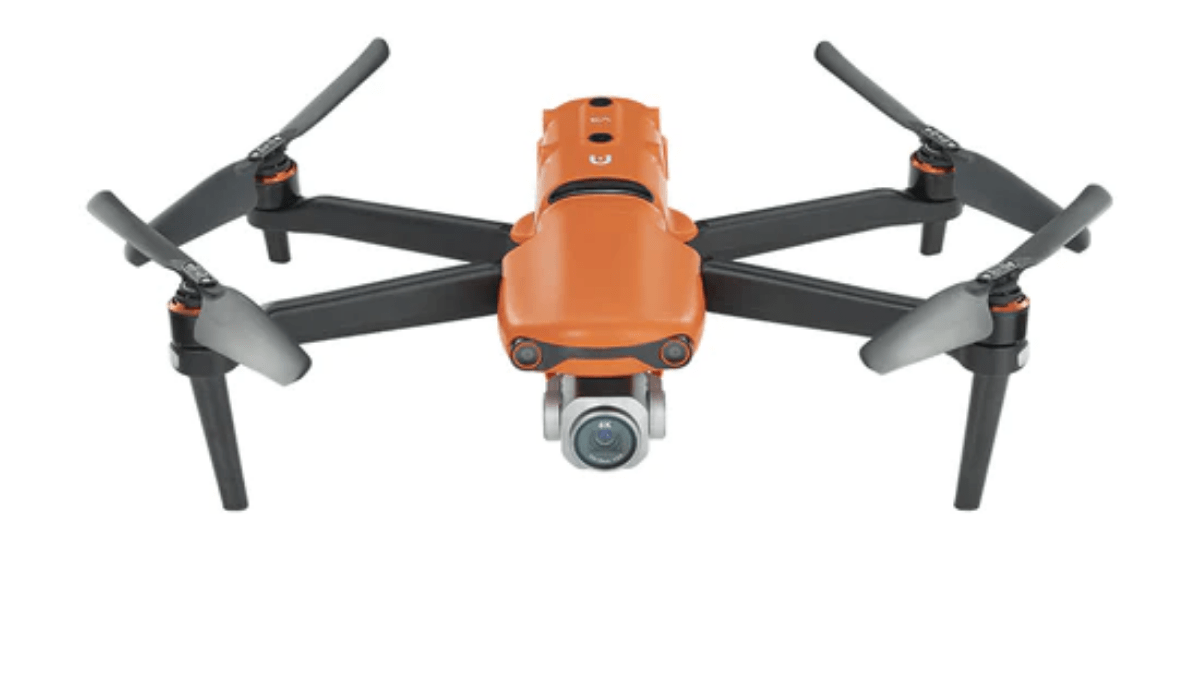 Source: Autel Robotics
Source: Autel Robotics
Autel’s EVO II Pro packs a 6K foldable camera and thermal imaging in a portable, rugged airframe perfect for roof inspectors. Its omnidirectional obstacle avoidance ensures safe operations.
| Specifications | Autel EVO II Pro |
| Sensor | 1″ CMOS |
| Resolution | 6k 5472*3076 p30/p25/p24, 20 MP |
| Internal storage | 8 GB |
| Max Flight Time | 40 minutes |
| Sensing system | Omnidirectional binocular |
| Max Takeoff Weight | 1999 gm |
3. DJI Air 3
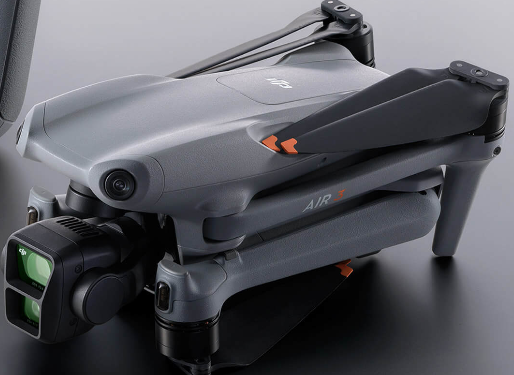 Source: DJI
Source: DJI
DJI Air 3 is a powerful drone with a dual-camera system for excellent image quality. Thus, making it a great choice if good-quality images are your top priority. It boasts a long flight time of up to 46 minutes and omnidirectional obstacle sensing for safer flying.
| Specifications | DJI Air 3 |
| Weight | 720 gm |
| Max flight time | 46 minutes |
| Max flight distance | 32 km |
| Operating temperature | -10° to 40° C (14° to 104° F) |
| Sensor | Wide-Angle & Tele Camera: 1/1.3-inch CMOS, Effective Pixels: 48 MP |
| Sensing system | Omnidirectional binocular vision system |
4. DJI M30T
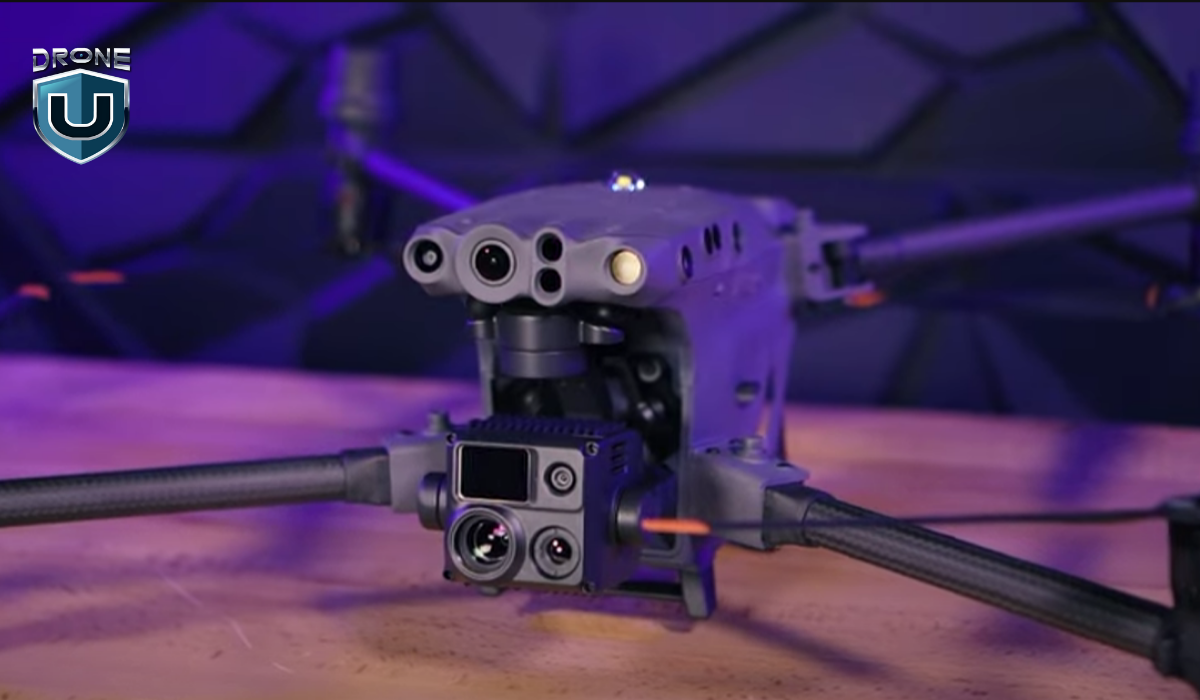
DJI M30T is a strong industrial drone designed for use in inspection and surveying in the workplace. It has high-resolution thermal and visual imaging cameras and can withstand challenging environments.
| Specifications | DJI M30T |
| Max takeoff Weight | 4069 g |
| Max flight time | 41 minutes |
| Operating temperature | -20° to 50° C |
| Wind resistance | 12m/s |
| Sensing system | Omnidirectional |
5. Skydio 2+
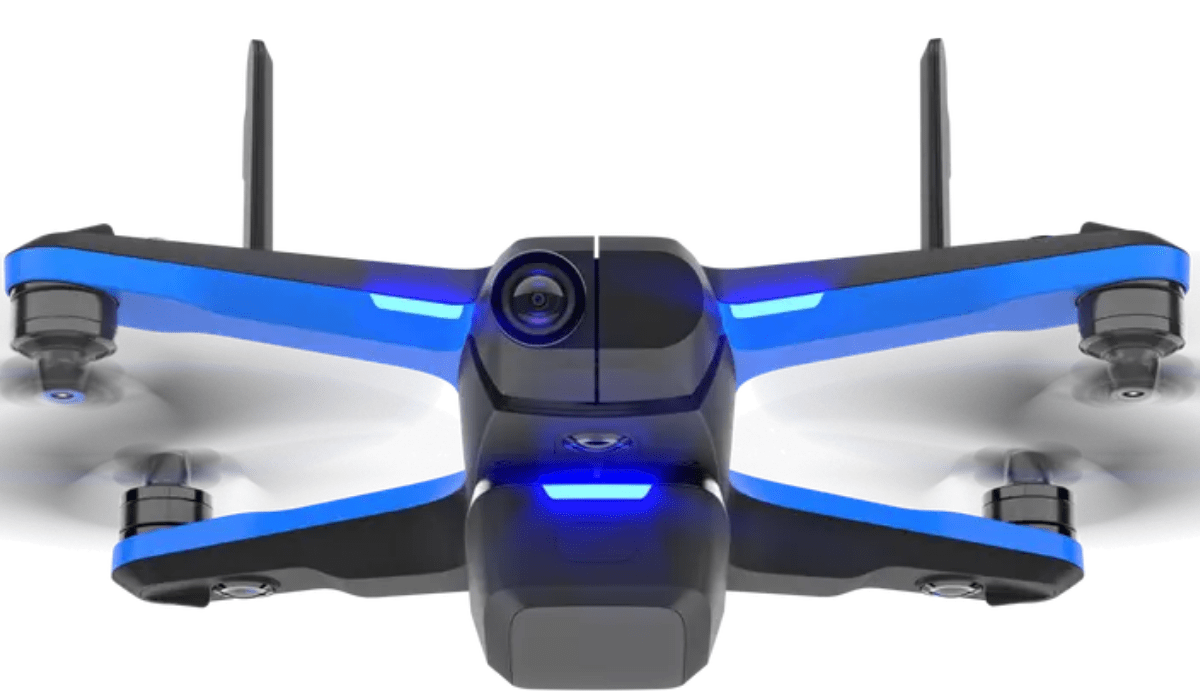 Source: Skydio
Source: Skydio
It is renowned for its autonomous flight and collision avoidance, the Skydio 2+ uses AI and 360° sensors to navigate complex environments. Its imaging prowess suits roof data capture.
| Specifications | Skydio 2+ |
| Sensor | Sony IMX577 1/2.3” 12.3MP CMOS |
| Lens aperture | f/2.8 |
| Max speed (sea level, no wind) | 36 mph |
| Flight Time | 27 minutes |
| Operating temperature | -5°C to 40°C |
| Weight (with battery) | 800 gm |
6. DJI Mini 3 Pro
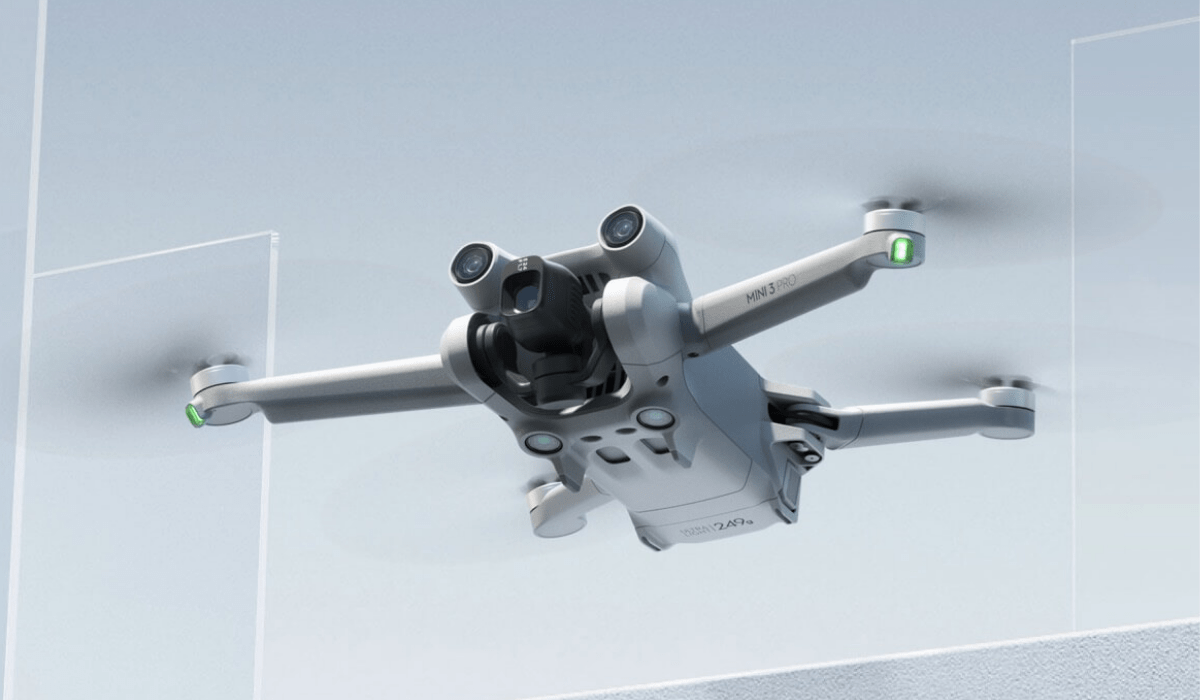 Source: DJI
Source: DJI
Mini 3 Pro is a small, incredibly light drone that weighs less than 250 grams. Thus, making it travel-friendly. You can capture breathtaking aerial photos as it delivers high-quality 48 MP images.
| Specifications | DJI Mini 3 Pro |
| Weight | Under 249 gm |
| Sensor | 1/1.3-inch CMOS |
| Operating temperature | -10° to 40° C (14° to 104° F) |
| Wind resistance | 10.7 m/s (Level 5) |
| Obstacle Sensing | Tridirectional |
7. SenseFly eBee X
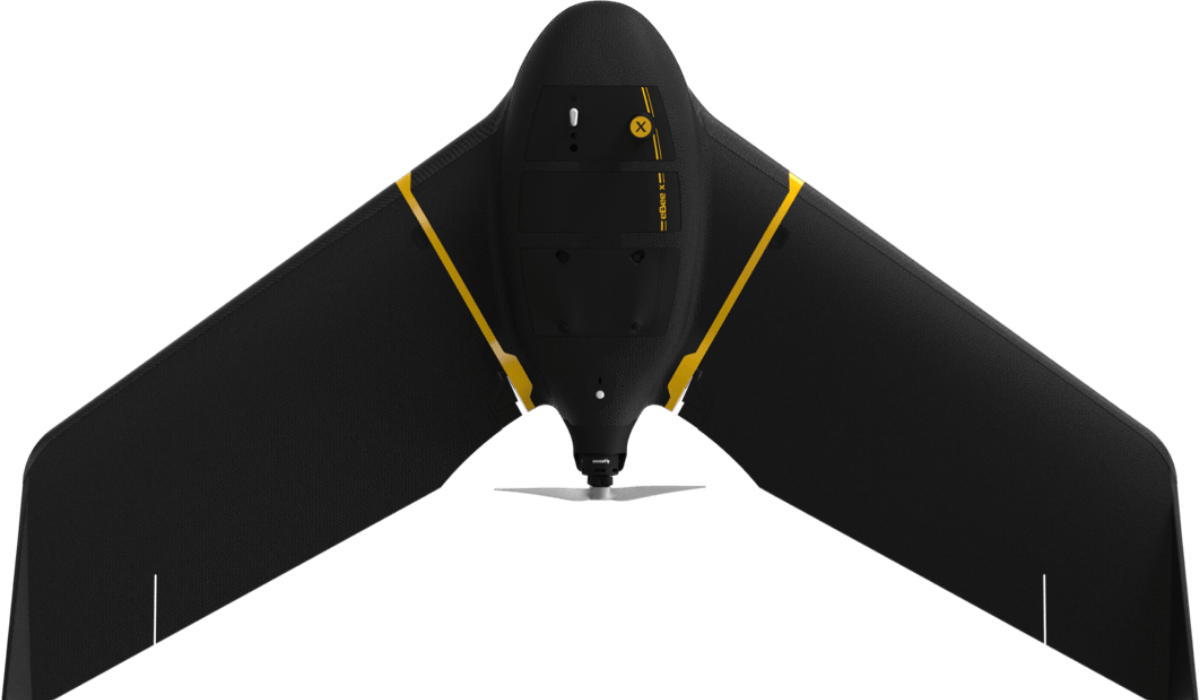 Source: Sensefly
Source: Sensefly
The SenseFly eBee X is a fixed-wing drone designed for large-scale mapping and surveying, capable of covering up to 500 ha in a single flight. It’s highly efficient for agricultural, environmental, and land management projects.
| Specifications | SenseFly eBee X |
| Camera | Multiple payload options, including RGB, multispectral, and thermal sensors |
| Design | Fixed-wing for large area mapping, RTK/PPK for high precision, automatic 3D flight planning |
| Flight Time | Up to 90 minutes |
| Wind resistance | Up to 12.8 m/s |
| Takeoff weight | 1.6 kg |
8. Parrot Anafi USA
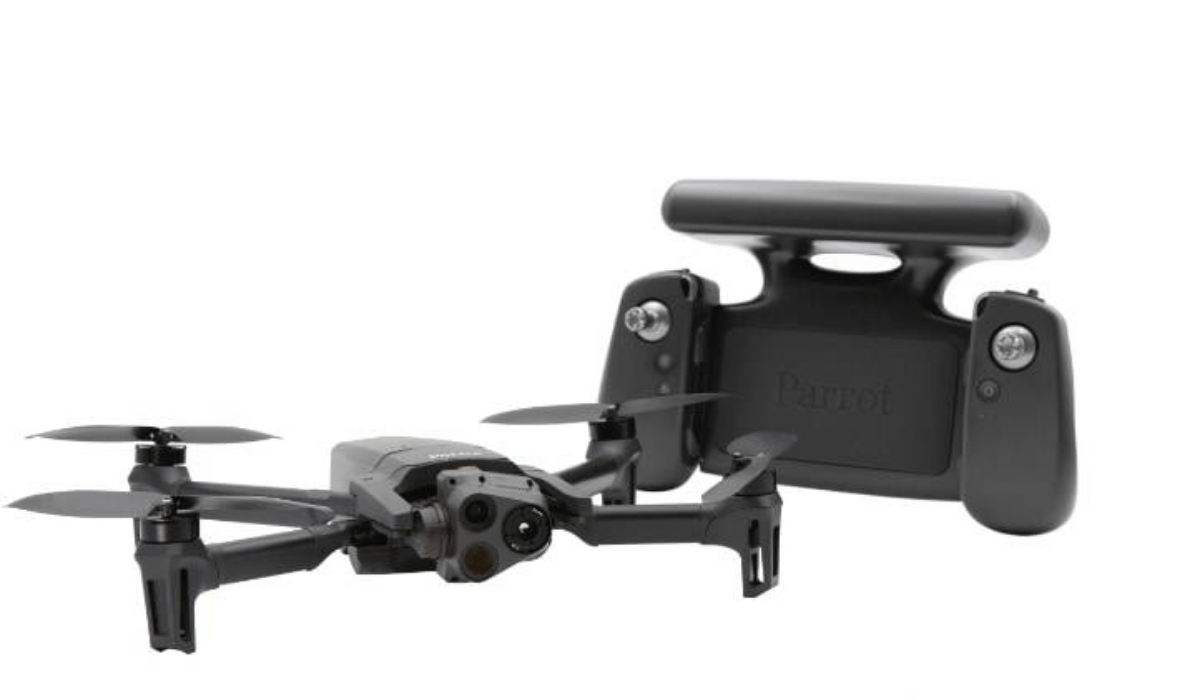 Source: Parrot
Source: Parrot
The Parrot Anafi USA is a drone built for professionals. It offers powerful zoom capability, thermal imaging, and a rugged design. It’s well-suited for public safety, inspection, and environmental monitoring.
| Specifications | Parrot Anafi USA |
| Camera | 32x zoom capability with 21 MP, FLIR thermal camera |
| Resolution | 4K HDR video |
| Design | 3-axis hybrid stabilization, geofencing |
| Flight Time | Up to 32 minutes |
| Operating temperature | -33 °F (-36 °C) to +122 °F (+50 °C) |
| Weight | 500gm |
Now let’s look at essential factors while choosing drones for roof inspection.
Factors To Consider When Choosing Roof Inspection Drones
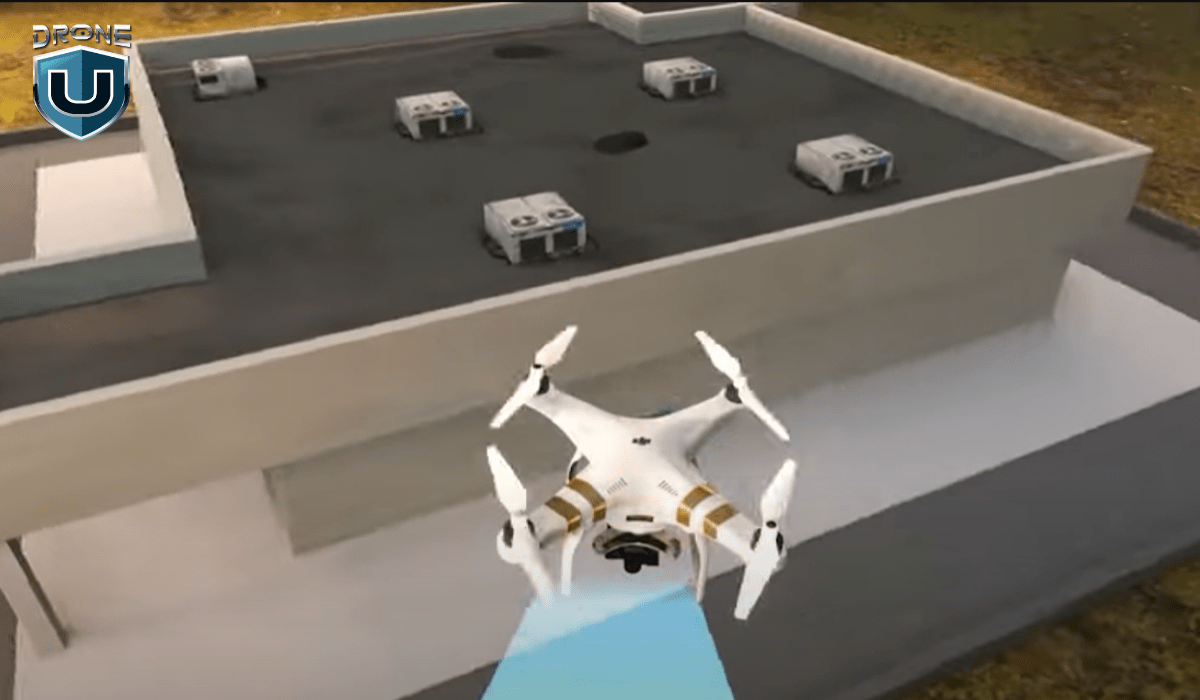
When choosing a drone for roof inspections, consider these key factors.
1. Payload Capacity
You must analyze how much weight the drone can carry safely. Look for drones with the capacity for high-resolution cameras, thermal imagers, and sensors. These drones are usually rated at least 300-500 grams.
2. Camera Quality
Image quality is paramount for identifying and assessing roof defects and issues. You should go for drones with cameras offering at least 20MP stills and 4K video capabilities. Adjustable apertures, gimbals, and zoom lenses provide more flexibility. Integrated thermal cameras are invaluable for detecting moisture/insulation problems.
3. Flight Stability
Stable flight performance ensures smooth, blur-free image /video capture even in windy conditions. GPS/vision positioning helps drones hover accurately. Ruggedness and redundant components boost reliability.
4. Weather Resistance
As a roof inspector, you’ll encounter a variety of environmental conditions. During emergencies, you need to fly in bad weather also. Thus, choose drones with weatherproof bodies, all-weather cameras, and wind/precipitation resistance ratings.
5. Upgrade as You Grow
If you’re new to drone inspections, start with user-friendly yet capable models like DJI’s Mini 2 or Mavic Air 2. Give preference to drones with obstacle avoidance and automated flight modes.
You can always switch to professional/enterprise drones optimized for roof inspections. The Mavic 3E, EVO II Pro, and Skydio 2+ offer top cameras for thermal, and mapping data.
Conclusion
Before you decide on your drone for a roof inspection, keep in mind these factors:
- Roof size and complexity: Larger, complex roofs might require a drone with longer flight time and obstacle avoidance features.
- Thermal imaging: For pinpointing potential leaks or conducting night inspections, a drone with a thermal camera is invaluable.
- Portability and Ease of Use: If you need a drone for quick inspections or frequent transport, a lightweight and user-friendly model might be ideal.
It is important to understand that these roof inspection drones are powerful tools, but true mastery lies in your expertise. Investing in the right drone, coupled with the skills and certifications, will position you to deliver high-quality roof inspection services.







Add Your Comment